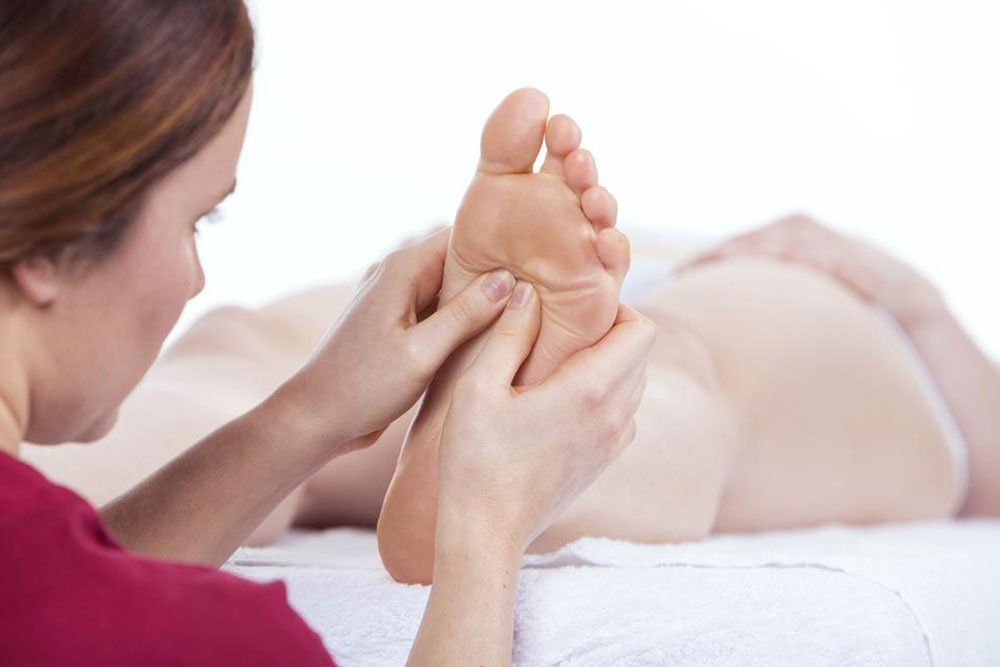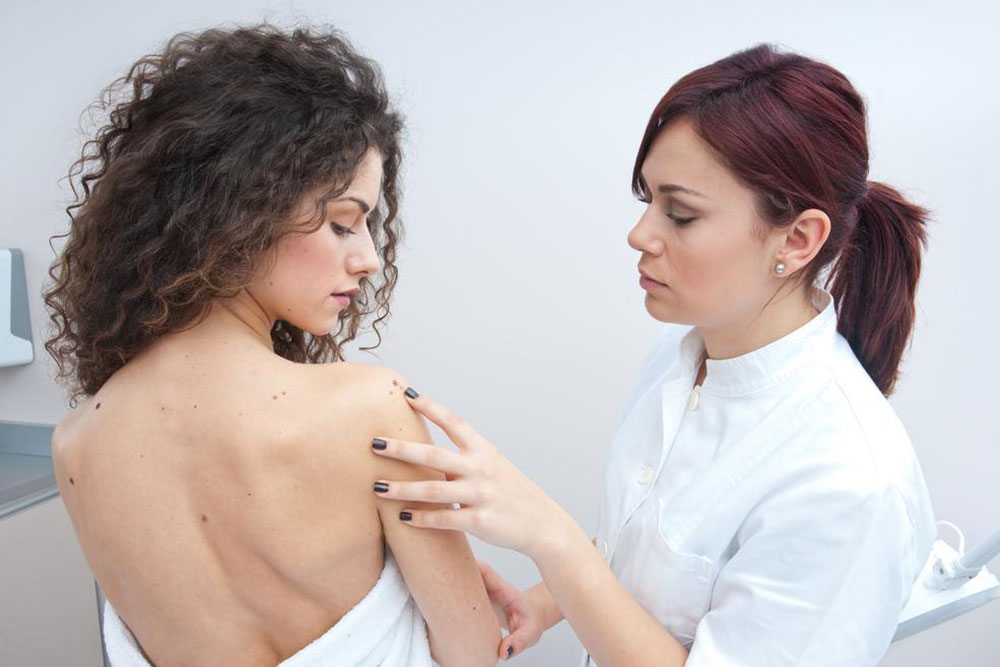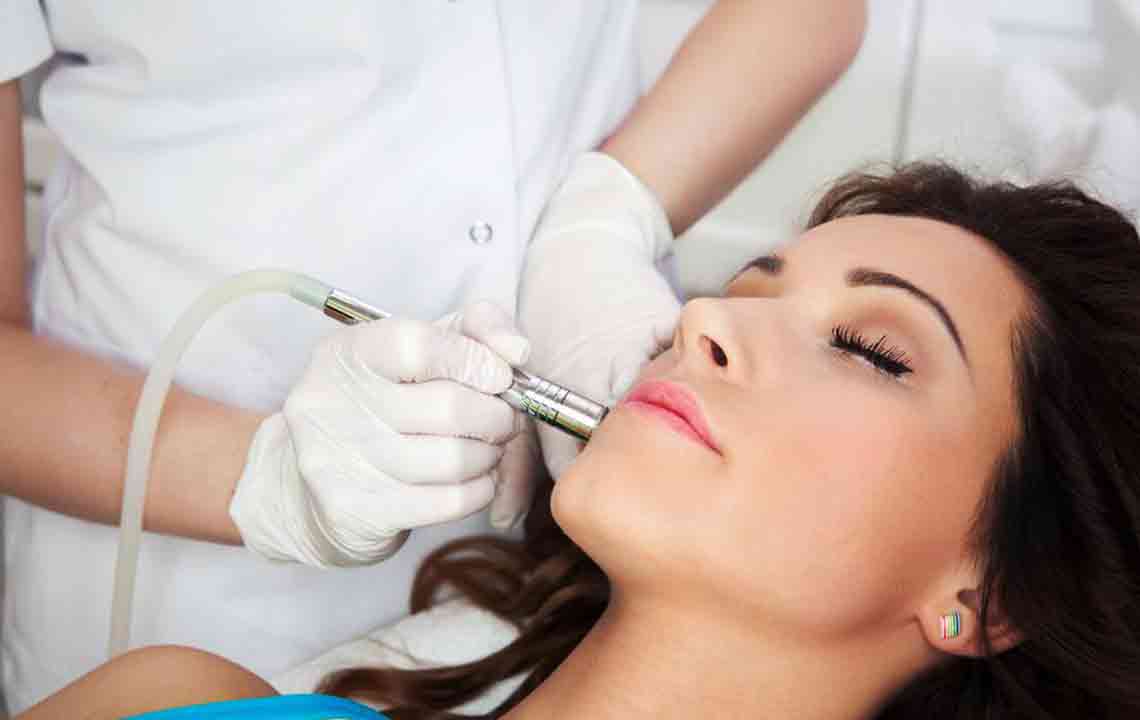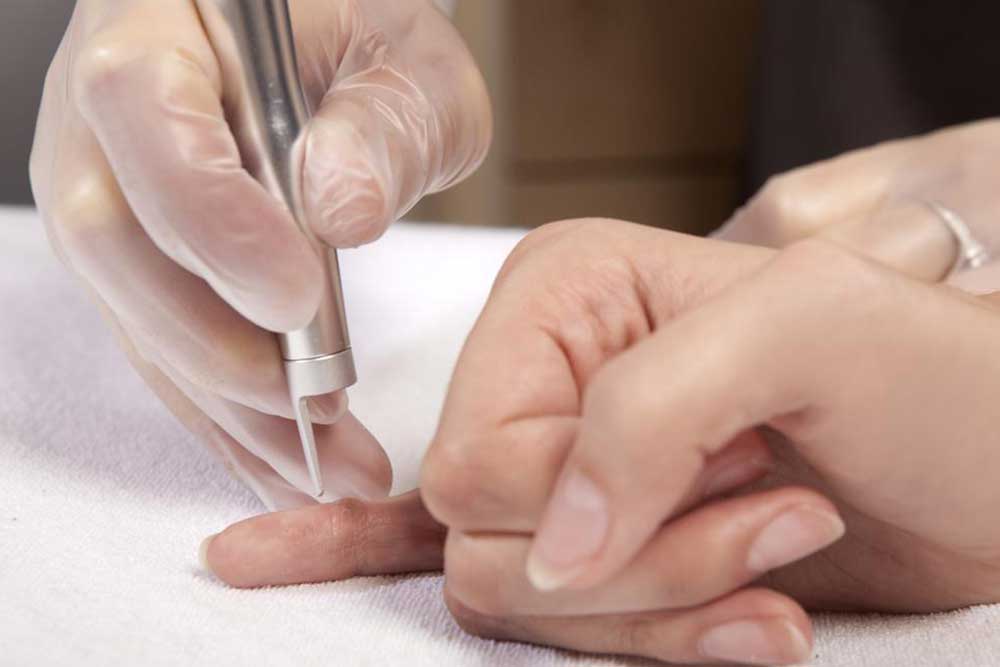Effective Methods for Treating Seborrheic Keratosis
Learn about the top four effective treatments for seborrheic keratosis. From cryotherapy to laser ablation, discover how these procedures help remove benign skin growths safely and effectively. Consult a dermatologist to determine the best approach for your condition and address cosmetic or discomfort issues caused by these growths.
Sponsored
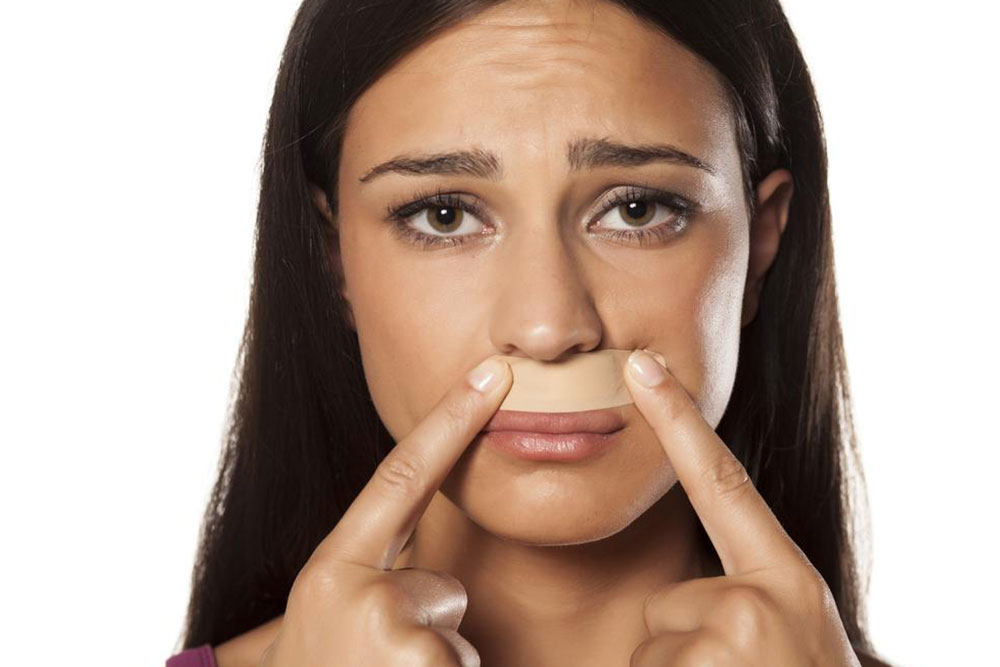
Seborrheic keratosis, often called seborrheic warts or basal cell papilloma, is a benign skin growth that mimics skin cancer. Typically seen in older adults after middle age, these non-infectious growths can appear as single lesions or in clusters on areas like the back, chest, face, or shoulders. They range in color from tan to black or brown. Removal options vary based on size and location, with both invasive and noninvasive treatments available.
Depending on the size and location, treatments can resemble barnacles, warts, tiny moles, or waxy blobs. Small growths may respond to natural, noninvasive methods, while larger or bothersome lesions may require medical procedures.
For significant or symptomatic growths, several medical removal techniques are recommended:
Cryotherapy: This involves applying liquid nitrogen to freeze the lesion, which then falls off within days. A blister may form and crust over before healing.
Electrosurgical Cauterization: Using an electric current to burn the growth under local anesthesia, this method effectively removes seborrheic keratosis.
Curettage: A surgical scoop called a curette is used to scrape off the lesion, often combined with cauterization. In some cases, curettage alone may suffice.
Laser Ablation: This advanced technique vaporizes the growth with laser beams, suitable for more persistent lesions but typically more costly.
Doctors suggest these treatments mainly when growths cause discomfort, irritation, or psychological concerns. Post-treatment, the skin may appear lighter, and new growths might develop nearby. Always seek medical advice if similar symptoms occur.

